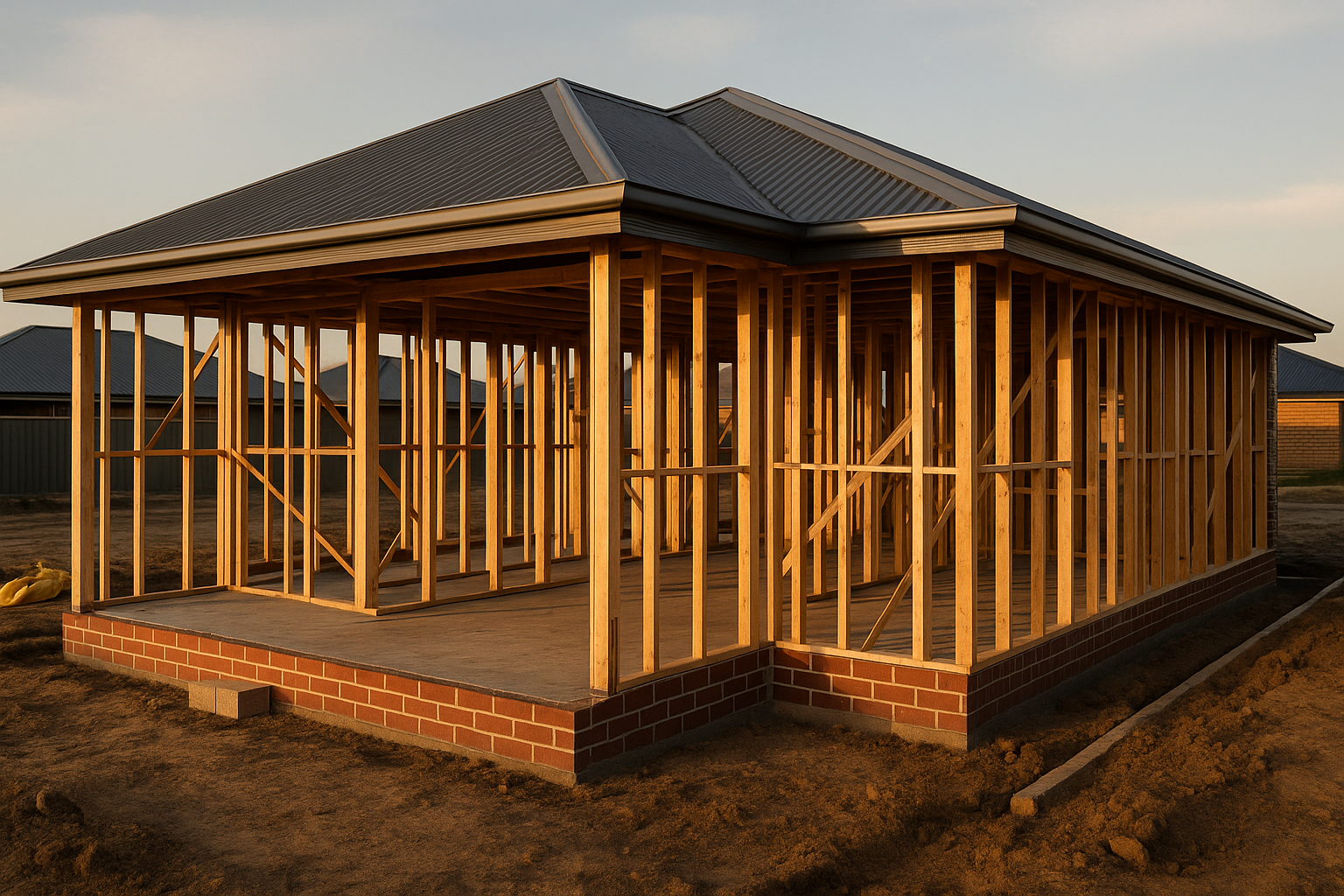
Key takeaways
New ABS data shows construction times are finally easing, detached homes now take 11.5 months, townhouses 14.8 months, and apartments 32.9 months to complete.
However, build durations are still 35–50% longer than a decade ago.
Despite progress, Australia is tens of thousands of homes short of national targets.
The shortage is driven by more than build delays — it reflects deep structural issues in planning, policy, and workforce development.
Construction costs rose just 0.5% between March and June 2025 — half the pre-pandemic pace.
This moderation, combined with stronger buyer demand, is reviving stalled projects and pushing new home sales to a three-year high in markets like Victoria and Tasmania.
For years, Australians have been caught in a construction nightmare.
Material shortages, cost blowouts, and trade delays turned the dream of building a home into a long, frustrating ordeal.
But there’s finally some light at the end of the tunnel.
After years of setbacks, new data shows that the time it takes to complete new homes is finally falling, a much-needed shift in a sector that’s been under immense pressure since the pandemic began.

Build times are improving, at last
According to the latest analysis of ABS data, new homes are being completed faster across the board.
Townhouses are now taking around 14.8 months to complete, five weeks quicker than before.
Detached houses are averaging 11.5 months from approval to completion.
Even apartments, which typically take years to deliver, are seeing improvement, now averaging 32.9 months.
The key drivers are clear: an easing of supply chain constraints and a slight improvement in the availability of skilled labour.
Materials that were once stuck in ports or priced out of reach are now flowing more consistently, and the workforce is stabilising after years of disruption.
But before we get carried away, let’s keep things in perspective.
Build times are still significantly slower than before the pandemic.
A detached home now takes roughly 35% longer to complete than it did a decade ago, and apartment builds are still over 50% slower.
So yes, things are improving, but we’re far from where we need to be.
The housing shortfall remains critical
Despite these improvements, Australia is still facing a severe housing shortage.
The latest data reveals we’re already tens of thousands of homes short of what’s needed under the National Housing Accord’s targets, and that’s just in the first year.
This shortfall isn’t just about construction delays; it’s also about the structural inefficiencies embedded in our planning systems, workforce shortages, and policy settings.
To fix this, we’ll need to go beyond celebrating faster build times.
We need to expand the skilled labour pool, attract more people into the trades, and align migration and training programs to address key shortages.
Just as importantly, planning and regulatory reforms need to continue so that approvals and construction pipelines can operate with far less friction.
Signs of stabilisation in the construction sector
On the positive side, construction costs, which skyrocketed through the pandemic years, are finally stabilising.
According to the latest Cordell Construction Index, costs rose just 0.5% between March and June 2025, half the pace of the pre-pandemic average.
This moderation is helping developers regain confidence.
With costs settling and end-buyer demand showing renewed strength, many projects that were shelved during the turbulence of 2022 and 2023 are now back on the drawing board.
The Housing Industry Association also reported new home sales at a three-year high, particularly in more affordable markets such as Victoria and Tasmania.
That’s a clear sign that sentiment among developers and buyers alike is shifting in the right direction.
What comes next
If this momentum continues, we may be entering a more stable and productive phase of the construction cycle.
But maintaining it will require policy discipline and strategic investment in capacity, not just short-term optimism.
To truly address our housing crisis, Australia needs to:
- Accelerate planning approvals and cut through bureaucratic gridlock.
- Invest in training and apprenticeships to build a long-term skilled workforce.
- Encourage productivity improvements through innovation and modern construction techniques.
- Foster confidence in the development sector so new projects can proceed at scale.
The good news is that the industry is no longer in survival mode.
But the challenge now is turning that recovery into sustained progress.
Final thoughts
Australia’s building industry is finally moving in the right direction.
Faster build times, stabilising costs, and renewed confidence are all encouraging signs.
But it’s still too early to declare victory.
Even with these improvements, we’re building too slowly and too few homes to meet the country’s growing demand.
The path forward requires coordinated effort, from government, industry, and investors alike, to ensure this early progress turns into a lasting solution.
While construction times may be falling, the race to fix Australia’s housing shortage is far from over.













